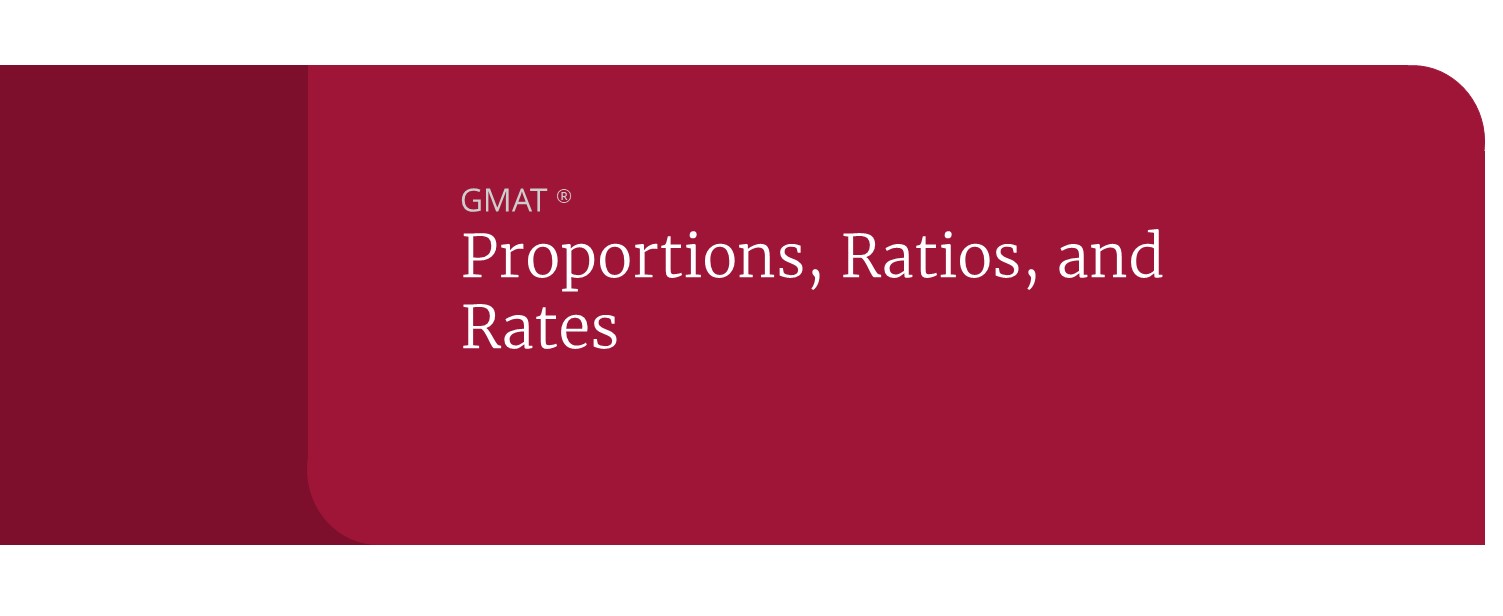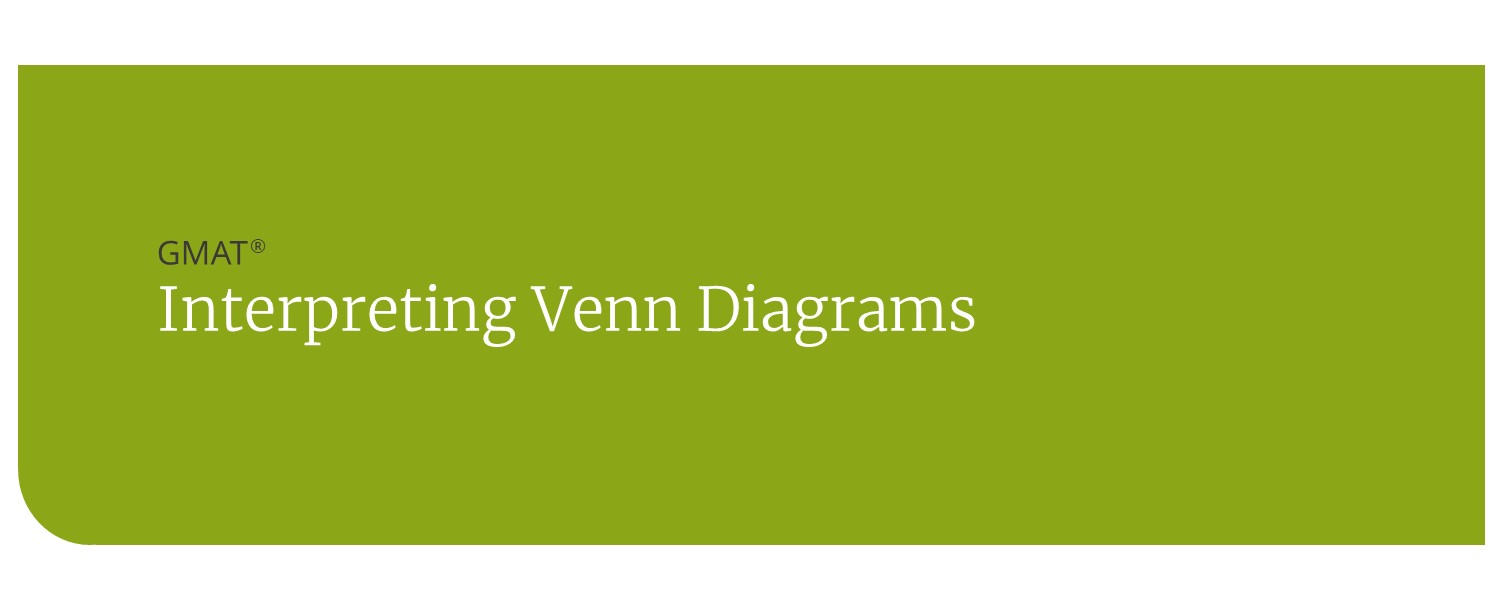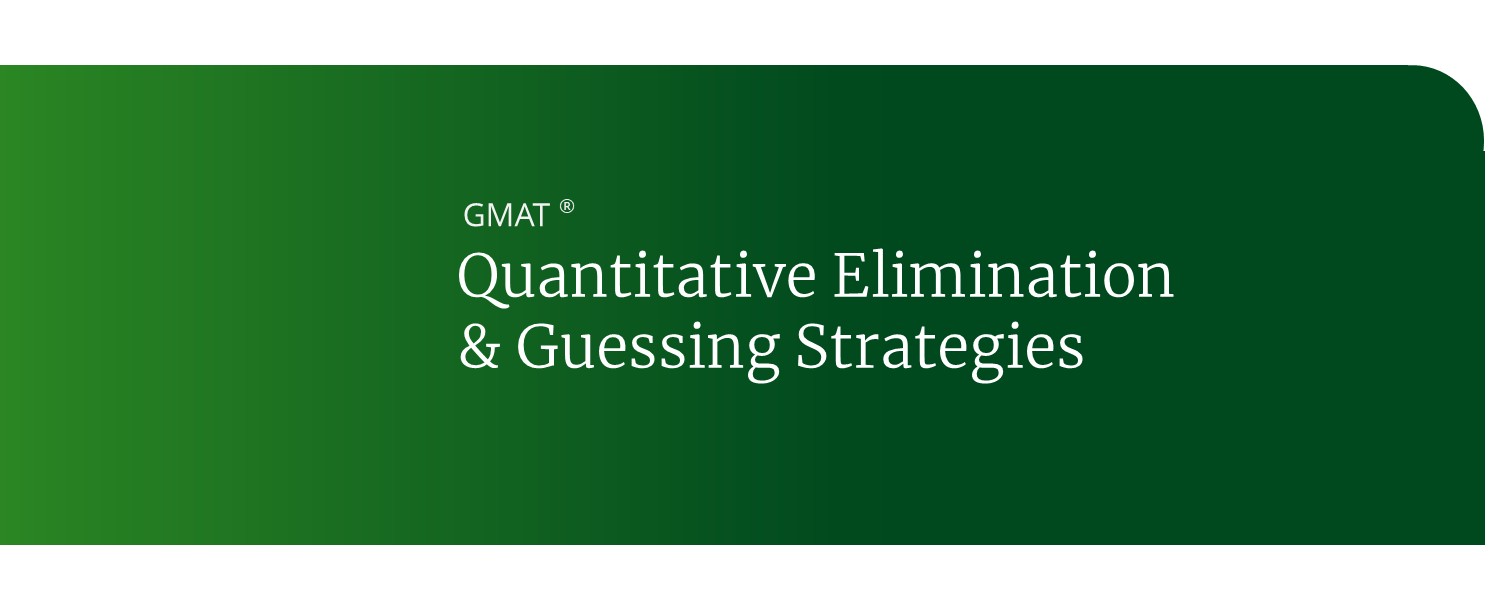Solving and Mastering Data Sufficiency Questions on the GMAT
Data Sufficiency must be practiced every day. It’s like these questions use a part of your brain that is seldom employed for other purposes; much like a little-used muscle, you need to warm up and use it regularly or it won’t work well when needed. The Critical Thinking skills tapped by Data Sufficiency require regular exercise.
Merely understanding how to solve Data Sufficiency problems will not allow you to actually solve them, much like merely knowing the lyrics and melody of a song doesn’t allow you to perform it. Thinking critically when faced with a timed practice problem on the screen requires performance, and the only way to properly perform the steps is to practice them.
It’s not enough to know and be comfortable with the Kaplan Methods. Instead, you need to work Data Sufficiency questions into your practice schedule. For example, you could work three questions each day. It doesn’t matter if you get them correct; the act of applying your knowledge by practicing with test-like questions and then reviewing the full explanations gradually improves both you confidence and accuracy.
This concept applies to all GMAT question types and content areas. Confidence and accuracy are two very important skills to take with you on Test Day, and both are built by practicing regularly. Keep exercising the Data Sufficiency part of your brain and you will see your accuracy rate rise, and with it, your GMAT confidence.
Solving Data Sufficiency Questions
For the rest of GMAT test-takers, Data Sufficiency remains a challenge. Fortunately, these tips will help ease the pain.
Follow linear equation rules for data sufficiency
The basic “n-variables, n-equations” rule of linear equations holds that you need n distinct (different) equations to solve for n variables; thus to solve for x and y, you need two distinct equations that include both x and y. Consider this Data Sufficiency problem:
What is the value of x?
- 3x + 2y = 6
- 4y = 12 – 6x
You see that you have two variables and you need to solve for one of them. Boom! Two variables, two equations—select “Together” and move on, right? Not so fast. This Data Sufficiency problem is designed to test whether you are cutting corners. If you fail to simplify or rearrange the equation in Statement 2, you will miss seeing that it is THE SAME EQUATION as the one in Statement 1, just multiplied by 2. Thus you only have one equation, even if you combine the statements. So, the correct answer is “Neither.” Don’t cut the corner and skip simplification.
Know when you don’t need to solve for all variables
Not all GMAT linear equation questions require you to solve for two variables. If a Data Sufficiency question asks for the value of an expression, such as 2a + 3b, you may not NEED to solve for both a and b. You may simply be able to solve for what you were asked to find: 2a + 3b. Here’s an example:
What is the value of 7x + 3y?
- 56x + 24y = 520
- 8x + 5y = 79 and 40x + 25y = 395
This question stem does not need to be simplified beyond identifying what we need for sufficiency: the ability to determine the value of the expression in the stem. If you notice that Statement 1 is divisible by 8, and that if you factor out 8 from the left side you are left with 7x + 3y, you already have enough information to answer the question. Statement 1 is indeed sufficient, and you do not need to divide 520 by 8 to confirm.
The tempting corner to cut comes with Statement 2. Again, two variables, two equations—done, right? You guessed it, these are the same equation presented two different ways. So, the answer is that Statement 1 alone is correct.
Remember the rules of taking square roots
Data Sufficiency statements often include quadratic equations. When the stem asks for the value of a variable or whether a variable is positive (or negative), you MUST remember the rules of solving quadratics. This includes recalling that there are TWO possible values for x when you know the value of x². Here’s an example:
What is the value of x ?
- x > 0
- 20 –x² = 4
Right away you see that Statement 1 is insufficient; knowing that x is positive does not give you a single value. Statement 2 requires a bit more work. Rearrange the equation to put x² on one side: x² = 16. That means x = 4 and 2 alone is the answer, right? Nope. Whenever you have a value for x², you have two possible values for x. In this example, x could be 4 but it could also be -4. That means Statement 2 alone is insufficient.
Remembering that same rule, however, means you can now consider the statements together; Statement 1 tells you x is positive, so taken together you know x = 4. Done.
(Bonus info: On the GMAT the radical symbol always gives you only the positive square root. So, although x² = 9 means x = 3 or x = -3, remember that √9 =3. Always.)
These are but a few tips for avoiding common pitfalls on the GMAT. I will discuss others in a later post. Next week, we switch gears to the Verbal section, so buckle up.
Jennifer Mathews Land has taught for Kaplan since 2009. She prepares students to take the GMAT, GRE, ACT, and SAT and was named Kaplan’s Alabama-Mississippi Teacher of the Year in 2010. Prior to joining Kaplan, she worked as a grad assistant in a university archives, a copy editor for medical web sites, and a dancing dinosaur at children’s parties. Jennifer holds a PhD and a master’s in library and information studies (MLIS) from the University of Alabama, and an AB in English from Wellesley College. When she isn’t teaching, she enjoys watching Alabama football and herding cats.




